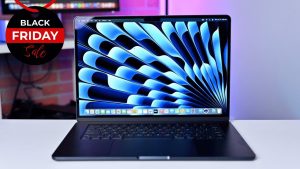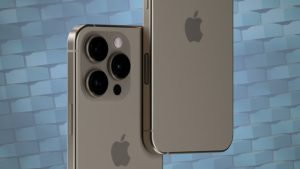![]()
Following reports earlier this month that Apple is planning to use its own 5G modem in the next iPhone SE, a new report claims that Apple will start to implement its own Wi-Fi chip in the iPhone 17 starting next year.
Analyst Ming-Chi Kuo posted on X that in the second half of 2025, Apple will use its own Wi-Fi chip in new products, ditching the chip created by Qualcomm. The chip will be manufactured using “TSMC’s N7 process and support the latest Wi-Fi 7 spec.” See the X post below:
Broadcom currently supplies over 300 million Wi-Fi+BT chips (hereafter referred to as Wi-Fi chips) per year to Apple. However, Apple will rapidly reduce its reliance on Broadcom. With new products in 2H25 (e.g., iPhone 17), Apple plans to use its own Wi-Fi chips, which will be made by TSMC’s N7 process and support the latest Wi-Fi 7 spec. Apple expects to move nearly all products to in-house Wi-Fi chips within about three years. This move will reduce costs and enhance Apple’s ecosystem integration advantages.
Ming-Chi Kuo, October 31, 2024
Interestingly, Kuo states the iPhone 17 as an example, which makes it unclear if he thinks the iPhone 17 will use the same 5G, Wi-Fi, and Bluetooth combo chip that was reported by 9to5Mac earlier this month, or if he’s referring to a different chip altogether.
Apple could also update its just-released M4 Mac lineup with the M5 chip in the second half of 2025 and install its own Wi-Fi chip, which will use “the latest W-Fi 7 spec” according to Kuo. The new M4 Macs surprisingly do not feature Wi-Fi 7 like the iPhone 16 lineup. Instead, they have Wi-Fi 6E, so perhaps Apple held off on Wi-Fi 7 until its own chip is ready.
Rumors of an Apple-made 5G modem have been making the rounds for years, and it seems that it could finally come to fruition next year. By creating its own chip instead of relying on a third-party one, Apple can optimize it for performance, which could help with power efficiency and performance. It could also save the company some money, too.



